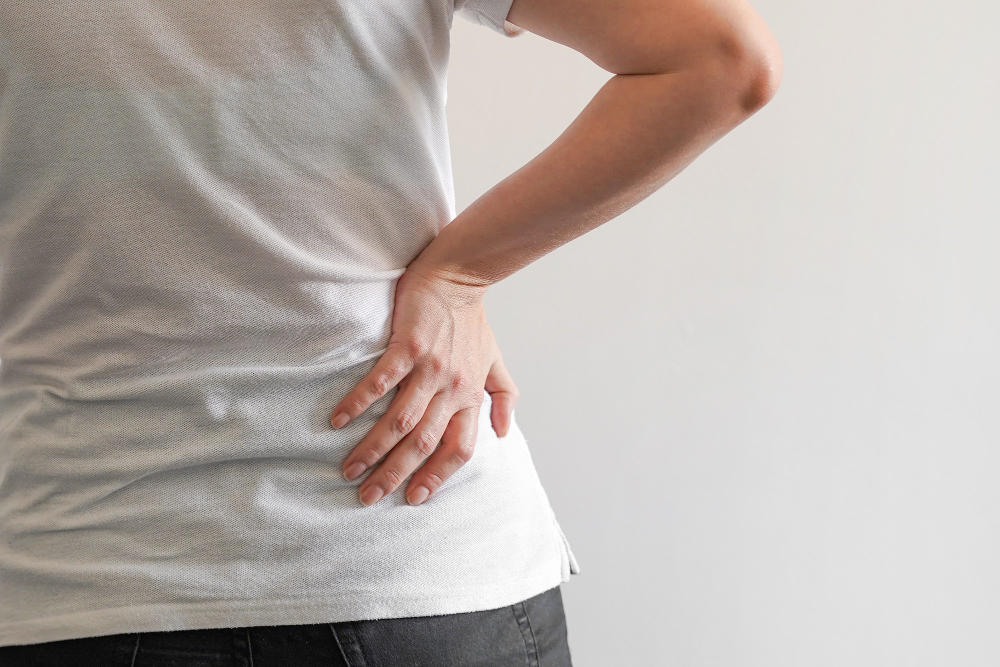Hip Pain
What is Hip Pain?
The hip joints have a solid structure that withstands intense, continuous movement and extreme wear. It is also the most mobile joint in the body, where the femur (thigh bone) meets the pelvis. The round-headed femur and the socketed pelvis are in harmony to allow movement. A cartilage tissue covers part of the pelvic cavity. Made of cartilage, this pillow protects your joints from friction during activities such as walking and running.
Although it has a solid structure, the cartilage tissue in the hip joint may show disruption in its functions due to sudden movements, falling from a place or aging. Hip joint fractures can also occur due to falls or osteoporosis. These conditions are the most common causes of hip pain. People who have such hip pain problems should first consult a doctor and find out the cause of the problem.
Hip Pain Symptoms
Hip pain, as the name suggests, is pain in the hip joints when moving or standing. For those presenting to healthcare facilities with non-healing hip pain, the doctor can use the patient's description of pain to identify possible causes. In some cases, pain caused by a condition outside the hip joint, such as a herniated disc or problems in the pelvis, may also be felt as hip pain. Therefore, radiographic imaging should be performed in people with hip pain. This will help you identify exactly where the problem lies.
A specialist should be consulted when the following symptoms that cause hip pain are observed:
• Fall and hip injuries
• Increasing hip pain day by day
• Feeling of having to lean forward due to pain while walking or climbing stairs
• Persistent fatigue
• Sudden weight loss
What Are the Causes of Hip Pain?
When we look at cases of hip pain, we see that most of them develop for simple reasons such as reverse movement or excessive stretching of the joint during exercise. Hip pain due to joint problems may cause pain in the groin, knee or upper leg in some cases. In addition to these, common causes of hip pain can be listed as follows:
• Hip injury or fall
• Arthritis (rheumatoid arthritis, osteoarthritis, psoriatic arthritis, juvenile idiopathic arthritis, septic arthritis, etc.)
• Fractures and hip dislocations
• Joint inflammation (bursitis)
• Sprain
• Inguinal hernia
• Hip lip tear (broken cartilage of the hip joint)
• Tendinitis (tendonitis)
• Sciatica
• LeggCalve Perthes disease
• Bone inflammation (osteomyelitis) )
• Osteoporosis (osteolysis)
• Synovitis (articular membrane inflammation)


